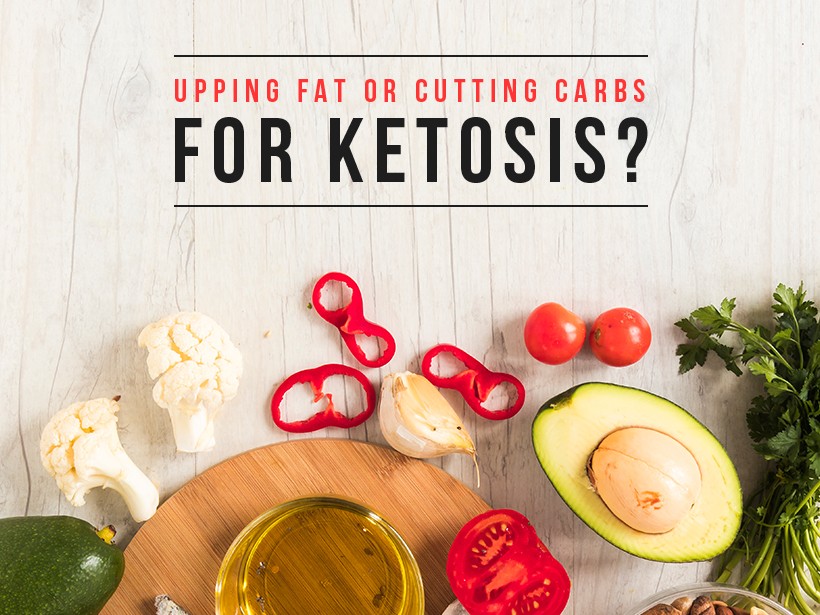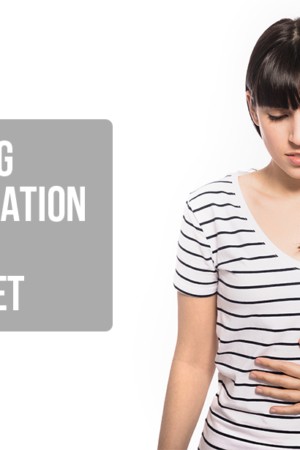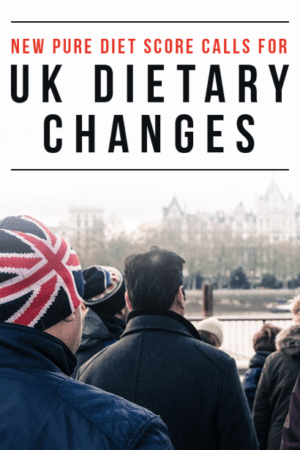There are a lot of myths and misconceptions surrounding the keto diet, but one of the biggest questions people have is whether you can get into ketosis by just eating fat. Registered dietician, Franziska Spritzler1 says, “Achieving a state of ketosis can take some work and planning. It’s not just as simple as cutting carbs.” Likewise, one can’t just add more fat to their diet and call it keto. Ketosis is a natural metabolic process and requires both cutting carbs and increasing healthy fat consumption.
Before You Think About Fat, Start Cutting Carbs
Decreasing carbohydrate intake is, without a doubt, the most critical factor in an individual achieving a state of ketosis. A typical Western diet conditions our bodies to use glucose as their primary source of fuel, but they can be retrained to use alternative fuel sources like ketones, which stem from fatty acids. While the level of carbohydrate restriction needed to achieve ketosis is individualized, many dieticians attest that 25 or fewer grams of net carbs per day will help you reach ketosis.
Eating Fat is Essential to Nutritional Ketosis
The space left in your diet by the loss of carbs should be filled with fat. Though some people worry about the overconsumption of fats in the ketogenic diet, Spritzler attests that fats play into a keto diet in many different ways. First and foremost, for a body to switch its primary fuel from carbohydrates to a fat-burning state, consuming additional fats is necessary. A classic ketogenic diet for weight loss, metabolic health, and performance call for 60-70 percent of calories from fat. There is a difference between healthy fats and good fats though, so don’t fall into the “dirty keto” trap in which you rely solely on burgers and bacon.
“Good fats” include all fats that aren’t bad for you, e.g., monounsaturated and polyunsaturated fats, while “healthy fats” include those fats that deliver essential vitamins, minerals, and nutrients to your body. Make sure you’re getting enough of the latter: you need micronutrients from leafy green vegetables and other living micronutrients.
Spritzler says, “Because fat takes up such a large percentage of a ketogenic diet, it’s important to choose high-quality sources.” She says one should include olive oil, avocados, cheese, whole eggs, and more, but high-fat should not lead to an overconsumption of calories. In this respect, a high-fat diet can be confusing and, at times, a misnomer. Instead of thinking of keto solely as high-fat, low-carb, Spritzler encourages individuals to think of it as a healthy-fat, low-carb lifestyle.
Embrace Those Healthy Fats
To be a “fat-burning machine,” you must limit your carbs and consume enough healthy fats for the body to transition into a state of ketosis. Your body requires fats for fuel, which will break down into ketones for its primary energy source. So, instead of fearing fats, embrace them, and add the good ones for a cleaner, leaner lifestyle with a multitude of health benefits.
NUTRITIONAL DISCLAIMER
The content on this website should not be taken as medical advice and you should ALWAYS consult with your doctor before starting any diet or exercise program. We provide nutritional data for our recipes as a courtesy to our readers. We use Total Keto Diet app software to calculate the nutrition and we remove fiber and sugar alcohols, like erythritol, from the total carbohydrate count to get to the net carb count, as they do not affect your blood glucose levels. You should independently calculate nutritional information on your own and not rely on our data. The website or content herein is not intended to cure, prevent, diagnose or treat any disease. This website shall not be liable for adverse reactions or any other outcome resulting from the use of recipes or recommendations on the Website or actions you take as a result. Any action you take is strictly at your own risk.
- The Hidden Dangers of the HCG Diet - January 30, 2019
- Avoiding Constipation on the Keto Diet - January 28, 2019
- Upping Fat or Cutting Carbs for Ketosis? - January 23, 2019




